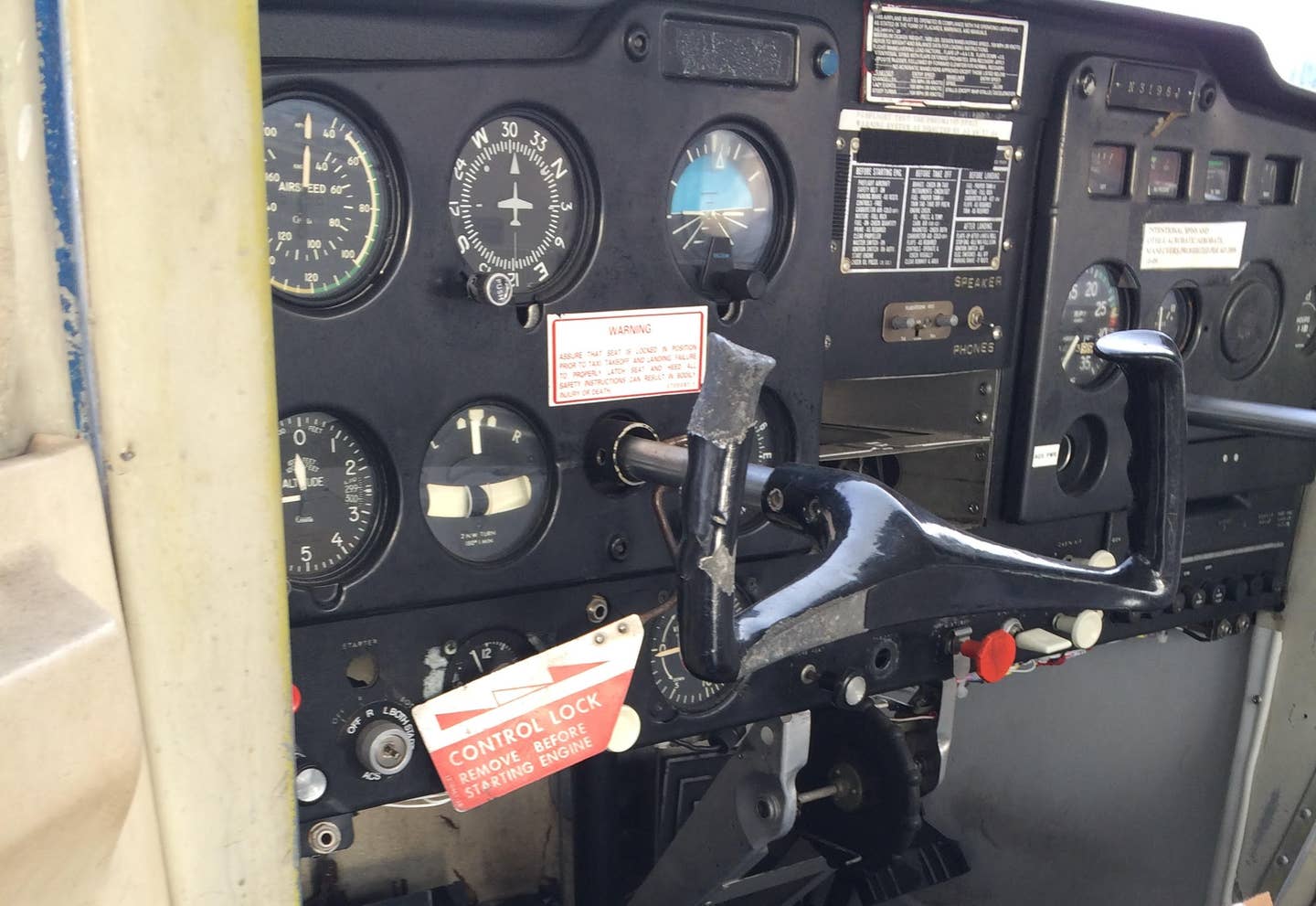Making the Most of a Ground Lesson
Don’t put off until tomorrow what you can learn today.

Put as much effort into learning on the ground as you do flight. [Shutterstock]
"They just need to pass the test and can learn it later."
I was using the weather computer at a flight school when I overheard a CFI say this to another CFI. They were talking about the private pilot knowledge test and the school policy of pushing the learners through by rote memorization. I turned to look at them. I tried not to have "warrior-princess-flight-instructor-mom face," but I don't think I succeeded because they both froze, then moved on. I wondered when “later” was for the learners, who had spent approximately $700 on class supplies and tuition to spend 40 hours in the classroom with the expectation they were learning what they needed to know to be private pilots—not just to pass a 60 question test.
Ground School Is Important
Sadly, ground school is often treated as a chore rather than a means of gaining knowledge. This attitude may come from the CFI, who may rush through the prebrief and direct their learners to online ground courses such as Gold Seal, Sporty’s, King Schools, ASA, etc. with the expectation that learning will take place. That depends on the learner's attitude. If they rush through the course, guessing at answers at the end of subject quizzes, it is doubtful they will benefit from the course. If they pass all the quizzes and the final exam, they get the end-of-course certificate that can be used in lieu of an instructor's endorsement required to take the $175 knowledge test. This certificate does not guarantee that they will pass the test. If they fail, it is often a surprise, especially when they don't grasp the difference between guess clicking the answers and actually learning the material.
If you are using an online course, keep a notebook next to you and write down the topics that are confusing or challenging. If you have to guess at an answer, write down the question and find an instructor who excels at teaching ground school and have them explain it to you.
Failure to learn can also happen in a face-to-face class. One of the first remedial stage checks I performed was for a private pilot candidate who failed his checkride on the ground because his knowledge of systems was not to standard. He took private pilot ground school at the local community college passing the class and scoring a 72 on the knowledge test (70 is passing).
The recommending CFI was perplexed, as he knew the learner had taken ground school, but admitted he had not gone over the material with the learner prior to the check ride because he thought the college ground school would have prepared him well enough.
After a few minutes of quizzing, it was apparent that there were significant soft spots, and he did not know how to use the resources, such as the legend on the sectional and FAR/AIM to look things up. The learner said the structure of the college course was that the teacher of the ground school class supplied the learners with copies of the tests in advance, and they memorized the answers. When they all passed the class, the teacher—and the Part 141 program—looked good to the FAA.
Plan to Learn, Plan to Teach
Ground lessons, like flight lessons, need to be planned. Insist the instructor use a syllabus backed up with Airman Certification Standards (ACS). And, remember, the ACS is the minimum for certification, so aim to do better.
In my 20-plus years of instructing, I have found it very helpful to have the learner teach the topic back to me. Most of my learners are planning careers as professional pilots and will likely be working as flight instructors for a time. I encourage them to develop their skills as teachers of flight and never lose them, because after a few years of flying the line, they may be called upon to train their future coworkers. Keep those skills sharp, and plan on doing flight instructor refresher clinics so you won't have to take a check ride to reinstate your CFI certificate—it's a lot easier to keep it than have to reinstate it.
Figure Out What Works for Ground Learning
Learning on the ground takes some experimentation. If you are a kinetic learner, you may find that tossing a tennis ball back and forth during oral quizzing can facilitate the learning process. Some may build models using classroom supplies or even Legos.
Visual learners do well writing and drawing on whiteboards with multiple colors, especially when it comes to diagraming aircraft systems. During the systems presentations, work in system failures and troubleshooting techniques.
- READ MORE: Math 101 for Pilots
Airspace and aircraft performance are best taught by creating a VFR flight plan for a cross country. And I mean using a paper navlog and a mechanical E6-B flight computer—which I stress has the instructions for problem-solving printed on it. Navigation can be fun to learn and teach, especially when you make a stack of plans for those “bucket list” flights. This is also a good time to practice diverting skills. I often time my learners to see how quickly they can do the calculations.
Teaching weather can also be a challenge, especially for the learner who argues they will only fly on “good days.”
"Weather is something we can't control that can kill you," I told a particularly recalcitrant learner, then had him do a search on the National Transportation Safety Board (NTSB) website for accidents in the local area that had a weather component. The Pacific Northwest had seen its share of CFIT events caused by clouds, fog, pilot disorientation, and “get-there-itis.”
His attitude changed after that, and he showed me so on a day we were flying a VFR-only aircraft on a winter afternoon. You could feel the temperature dropping. He pulled up the AWOS, noted the converging temperature and dew point, then turned the aircraft to look at the valley next to the airport. You could see fog starting to form. He announced we were going to return for landing before it got worse because he didn't want to end up a statistic.
Some Questions Best Answered in the Air
Some of the concepts that confuse a person on the ground can best be explained in the air or the AATD, if one is available.
A good example of this is the “why can't you stretch a glide with back pressure?” question. If you are in the air, get to an altitude that will allow for recovery from a power-off stall, then have the learner attempt to stretch the glide. When the aircraft stalls and the nose drops, talk the learner through recovery, noting altitude loss. Then take the aircraft back up to altitude and repeat the process, except instead of adding back pressure to stretch the glide, experiment with adding power and changing pitch to maintain best glide speed. Learning will take place.

Subscribe to Our Newsletter
Get the latest FLYING stories delivered directly to your inbox






